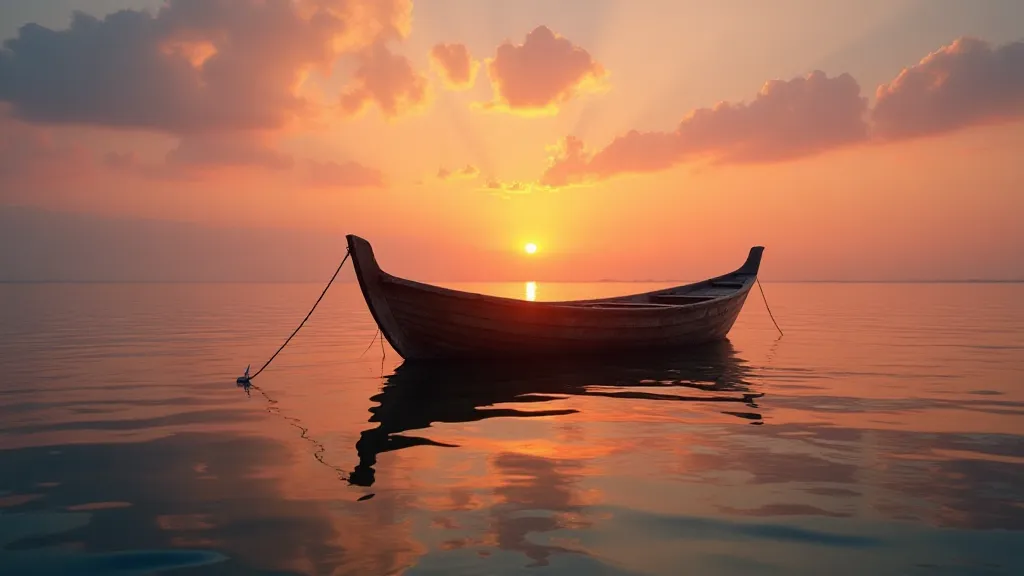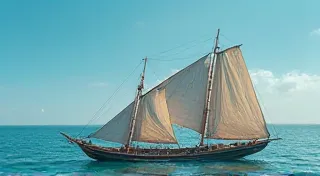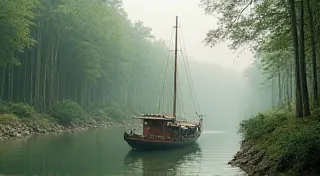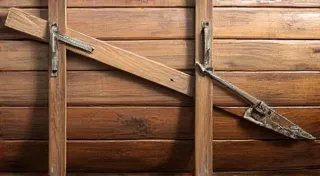The Silent Language of the Keel: Unraveling a Lost Dialect of Boat Design
Imagine, for a moment, standing in a workshop filled with the scent of seasoned wood and the quiet rasp of a drawknife. The air hums with the echo of generations of hands shaping timber into graceful hulls. This isn't just a workshop; it's a repository of a forgotten language – the silent language of the keel, of the plank, of the entire boat. Traditional boat building isn't merely about adhering to a set of instructions. It’s a complex act of interpretation, a nuanced understanding passed down through generations, where subtle design choices whisper secrets about a boat's intended purpose and the builder’s profound skill.
My own fascination with this lost dialect began, unexpectedly, with an antique accordion. Restoring it – painstakingly cleaning, replacing bellows, and tuning reeds – revealed the same dedication to craft, the same embedded knowledge. Each piece, each lever, spoke volumes about the musician it was meant to serve, and the maker's intent. I realised then that this wasn't unique to musical instruments; it existed, perhaps even more powerfully, within the hulls of traditional boats.
For centuries, across the world's coastlines, boat building communities thrived, their economies and cultures inextricably linked to the sea. These weren's factory-line productions. These were crafted vessels, born from intimate knowledge of local waters, timber availability, and prevailing winds. The "plans," if you could call them that, existed in the minds and hands of the master builders, subtly transmitted through observation, apprenticeship, and a shared understanding of the marine environment. Written documentation was often sparse, secondary to the embodied knowledge passed down through practice. The methods employed also varied significantly by region, with techniques like carvel hull construction being favored in certain areas for their inherent strength and elegance.
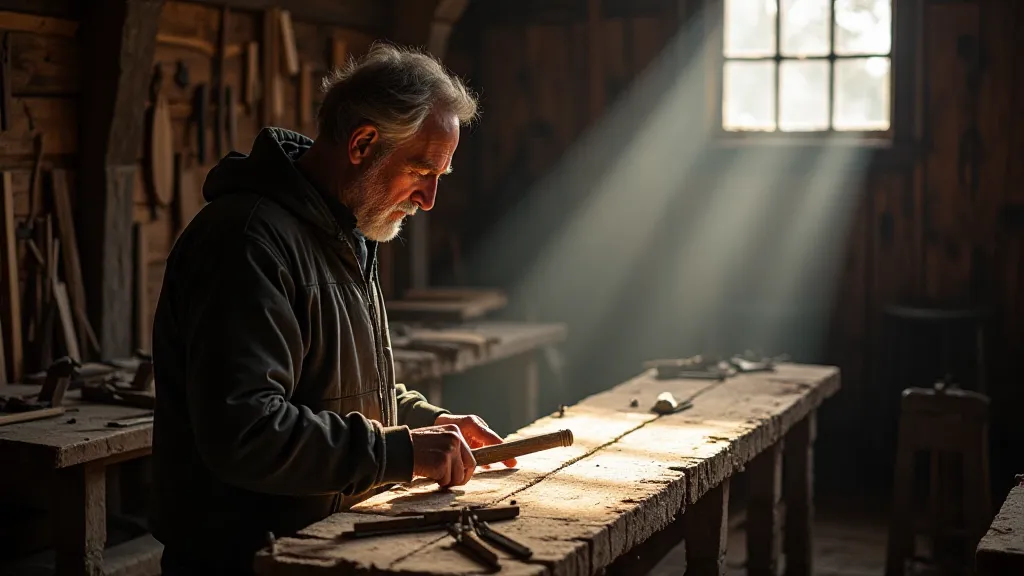
The Architecture of Understanding
Consider the faering of the Faroe Islands. Its unique double-ended design, remarkably similar at both ends, arose not from aesthetic preference, but from necessity. These boats navigated unpredictable currents and reversed course frequently, often in treacherous conditions. The symmetry wasn’t a stylistic choice; it was a vital adaptation born from experience, communicated visually to the next generation of builders. A novice wouldn’t simply be told to build a double-ended boat; they would observe, imitate, and internalize the nuances of its construction, the specific way the timbers were joined, the angle of the sheer, the feel of the hull under their hands.
Similarly, the dhows of the Arabian Sea, with their distinctive lateen sails and complex hull shapes, were designed to harness monsoon winds for long-distance trade. The graceful curves of the hull weren’t simply pleasing to the eye; they were carefully calculated to optimize stability and speed. The angle of the sail, the weight distribution – all communicated information about the boat’s intended performance. The builders weren’t merely following a plan; they were interpreting a set of unspoken parameters, informed by generations of sailing experience. This profound connection to the surrounding landscape – the very soul of a place – is what truly shapes a shipwright's work, as beautifully explored in "The Echoes in the Timber: How Landscape Shapes a Shipwright’s Soul". The local availability of specific types of timber also heavily influenced the design choices, a testament to the ingenuity of traditional builders.
More Than Just Wood and Nails
The beauty of this tacit knowledge lies in its resistance to simple codification. It's not something you can easily write down. It's felt, observed, and intuited. The way a plank is fastened isn't just about securing it; it's about distributing stress, preventing leaks, and contributing to the overall structural integrity. The angle of the mast isn’t arbitrary; it's determined by wind patterns and sail design. The choice of wood – oak, pine, cedar – isn’t just based on availability; it's informed by its properties: its strength, its weight, its resistance to rot. Each decision holds a silent meaning.
I've spoken with several retired boat builders, men who spent their entire lives honing their craft. They often struggle to articulate precisely *why* they do what they do. They simply *know*. They can look at a boat and instantly identify its origin, its purpose, and often, the likely identity of its builder. They’re fluent speakers of this lost dialect, and with each passing generation, the language becomes increasingly vulnerable. The nuances of construction techniques differed significantly across Mediterranean cultures, showcasing a rich legacy of skill – a subject that merits further exploration.
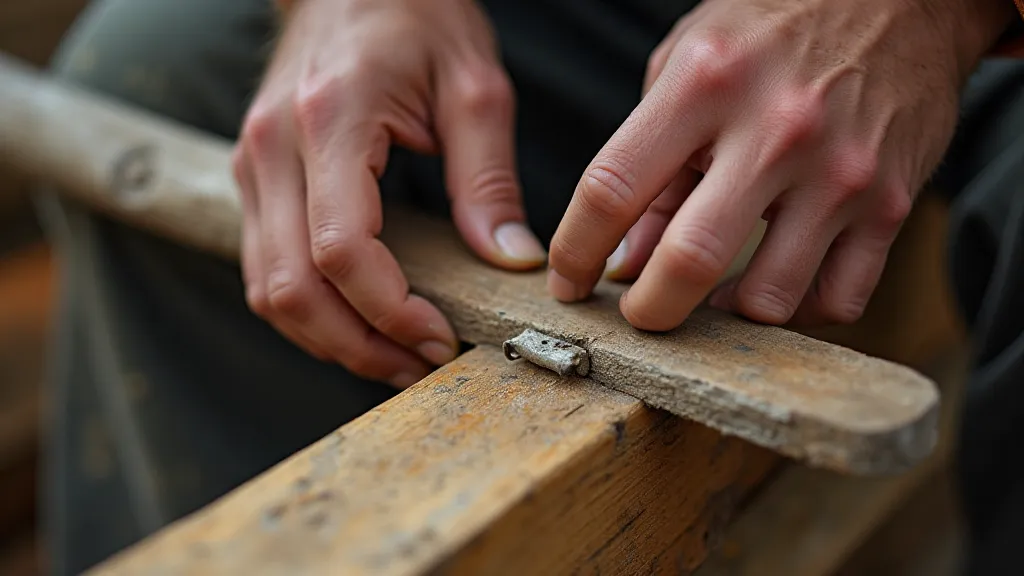
The Fragility of Tradition
The rise of mass production and the availability of fiberglass hulls have, understandably, diminished the demand for traditional wooden boats. The skills are becoming rare, and the younger generations are often drawn to more modern professions. This isn's necessarily a criticism of progress; it's simply an observation about the challenges facing traditional crafts. The loss of these skills isn't just a loss of boat-building expertise; it's a loss of cultural heritage, a severing of a vital link to the past. Consider the intricate methods employed in Norse boatbuilding, particularly the clinker construction, which demonstrates a level of craftsmanship that is increasingly rare today. These techniques demanded a profound understanding of wood and its properties, coupled with generations of accumulated experience.
However, there's a resurgence of interest in traditional crafts. A new generation of boat builders and enthusiasts are seeking to revive these lost techniques, to learn from the masters before their knowledge disappears entirely. The restoration of antique boats, too, plays a crucial role. These projects offer invaluable opportunities to study the construction methods of the past and to appreciate the ingenuity of the original builders. Careful documentation and detailed photographs are vital in preserving this knowledge for future generations. Even a seemingly insignificant detail - the way a joint is beveled, the type of caulking used - can hold a wealth of information.
Whispers from the Past
Collecting antique boats can be a fascinating journey, but it’s more than just acquiring a beautiful object. It’s a chance to connect with the history and culture of a place. Understanding the construction methods and design features can unlock a deeper appreciation for the craftsmanship involved. Look beyond the aesthetic appeal; observe the details. Research the boat's origins, its intended purpose, and the likely identity of its builder. Listen to the whispers from the past.
The echoes of these ancient techniques resonate through time, speaking of a deep understanding of the natural world and a profound respect for the materials used. The Mediterranean region, in particular, boasts a rich tapestry of maritime traditions, with boatbuilding playing a central role in shaping coastal communities. The preservation of these traditions isn’t merely about maintaining a craft; it's about safeguarding a vital part of our cultural heritage.
Furthermore, the rise of new technologies and approaches to maritime engineering provides an opportunity to reimagine traditional boatbuilding techniques, combining the best of both worlds. By integrating modern materials and methods with the time-tested wisdom of the past, we can create vessels that are both beautiful and efficient, honoring the legacy of the master builders while embracing the possibilities of the future.
